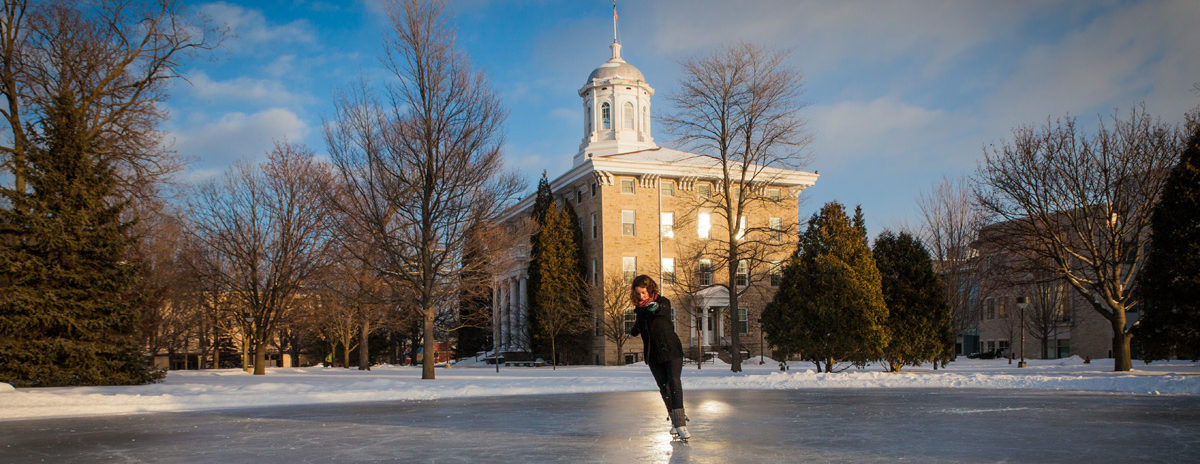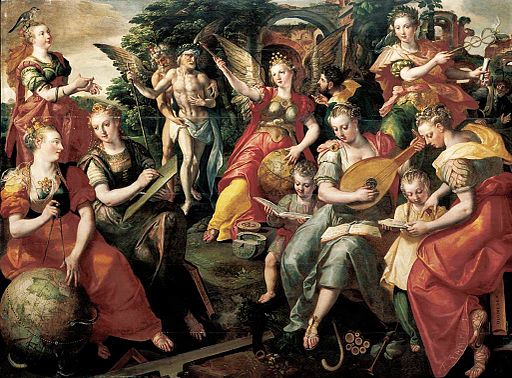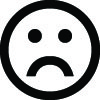Score one more for the liberal arts.
In a story last week on Marketplace (a business-oriented American Public Media radio show that runs daily on NPR), we were presented with yet another argument for why the liberal arts and sciences are as relevant as ever in this economy.
The story centers on the results of a survey conducted by Maguire & Associates on behalf of Marketplace and The Chronicle of Higher Education. They contacted 700 employers who express general frustration with how colleges are preparing their students for the world of work: “Nearly a third said colleges are doing a ‘fair’ to ‘poor’ job of producing ‘successful employees.’ Despite persistently high unemployment, more than half of the employers said they had trouble finding qualified candidates for job openings.”
And what makes a “successful employee,” at least among those 700 employers in the survey group? (SPOILER: The answer is the kind that makes those of us who work at liberal arts colleges feel even more confident that what we offer is relevant, practical, and necessary. [Prospective students and parents, please take note.])
“We find that a lot of people, and not just new college grads, people that are coming from a career, aren’t getting that skill set,” Boyes [an employer interviewed in the story] says. “How you put an idea forward, and how do you support it, how do you build it, how do you put the facts behind it? All of those things are really critical.”
Boyes sounds like a lot of the employers who responded to our survey. More than half of them said they have trouble finding qualified people for job openings. They said recent grads too often don’t know how to communicate effectively. And they have trouble adapting, problem solving and making decisions – things employers say they should have learned in college.
That’s why everyone Boyes hires goes through a year-long training program. “The company puts probably about a quarter of a million dollars into every single new hire,” Boyes says. “But that’s the kind of value that we get out of it.”
The training covers basics – like how to write an effective business document – and throws in some philosophy and history
“We ask people to read Cato the Elder,” Boyes says. “We ask people to read Suetonius.”
Jobseekers, take note: you better brush up on your on your early Roman history.
“We do that because we ask them to look at the process – the abstract process – of organizing ideas,” Boyes says.
Sounds a lot like an argument for liberal arts education, at a time when more students are being told to study science and technology as a path to a career. Maguire Associates, the firm that conducted the survey, says the findings suggest colleges should break down the “false dichotomy of liberal arts and career development,” saying they’re “intrinsically linked.”
Or, as Boyes puts it: “We don’t need mono-focused people. We need well-rounded people.” And that’s from a tech employer.





